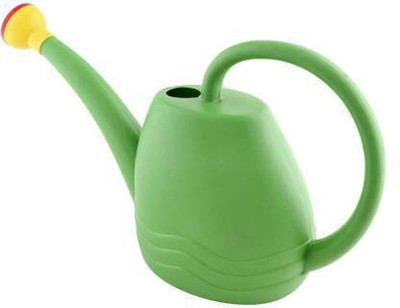
VISHSHUBH RASI MUSTARD SEEDS ANMOL 1KG Seed (1 kg)
Share
VISHSHUBH RASI MUSTARD SEEDS ANMOL 1KG Seed (1 kg)
3
8 Ratings & 0 ReviewsSpecial price
₹408
₹625
34% off
Available offers
T&C
T&C
T&C
T&C
Delivery
Check
Enter pincode
Delivery by21 Jun, Saturday
?
if ordered before 6:59 PM
View Details
Highlights
- Seed Type: Flower
- Suitable For: Outdoor
- Organic Plant Seed
- Seed For: RASI MUSTARD SEEDS ANMOL 1KG
- Flowering Plant
- Quantity: 1 kg
Services
- Cash on Delivery available?
Seller
Description
Black Mustard Seeds
Black Mustard Seeds, Brassica nigra, are also called black mustard, brown mustard, or true mustard. There are more than 40 varieties of mustard plants, but culinary mustard seeds come from only three of these varieties.
Black Mustard Seeds have a volatile oil concentration of between 0.5% to 1.2%.
What Are Black Mustard Seeds
There are three main types of mustard seed. Black Mustard Seeds are used less frequently than brown or yellow mustard seeds and are much harder to find. The smaller and darker the seed, the hotter and more intense the flavor is. Black mustard is the smallest of the mustard seeds and is oblong in shape. While mustard seeds are frequently used in preparing condiments, black mustard is rarely used in this manner due to its pungency being very volatile.
Black mustard seeds have a well deserved reputation for their pungent spicy aroma and flavor. Most common in Indian cooking black mustard seeds are often fried in oil, making them sweet and mild while releasing a nutty aroma. This is frequently done in an Indian wok called a kadai.
Types of Mustard Seeds
Mustard seeds are the small round seeds that come from several different types of mustard plants. The seeds are approximately 1-2 mm in diameter. The seeds (also called fruit pods) come from the mustard plant in the Brassica family. Some of the other members in this family include broccoli, Brussels sprouts and cabbage. Mustard seeds are harvested from three different plants: white mustard (better known in this country as yellow mustard from Brassica alba), brown mustard (Brassica juncea) and the very hard to find black mustard (Brassica nigra).
Read More
Specifications
In The Box
|
General
| Brand |
|
| Model Name |
|
| Quantity |
|
| Common Name |
|
| Flowering Plant |
|
| Suitable For |
|
| Type of Seed |
|
| Organic |
|
| Net Quantity |
|
Ratings & Reviews
3
★
8 Ratings &
0 Reviews
- 5★
- 4★
- 3★
- 2★
- 1★
- 4
- 0
- 0
- 0
- 4
Have you used this product? Be the first to review!
Be the first to ask about this product
Safe and Secure Payments.Easy returns.100% Authentic products.
Back to top










